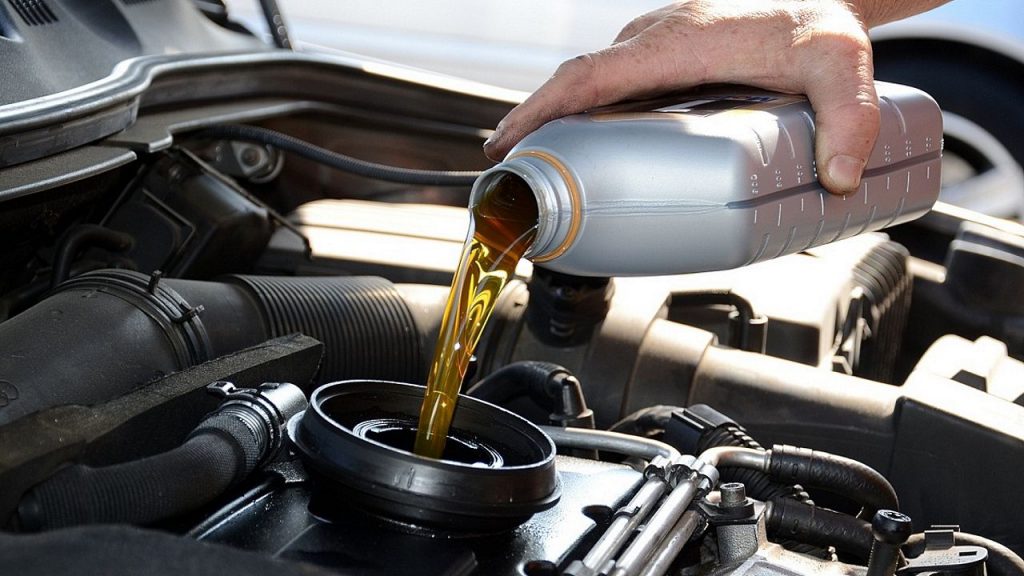Let’s not go into detail about the choice of engine oil. Recommended parameters are specified in the vehicle operating instructions. It’s better not to take risks. Modern engines are complex devices, and any complex mechanism breaks more easily.
Buying the right lubricant is only half the battle. Oil poured into the engine immediately begins to age. It oxidizes, additives deteriorate, and dirt forms. Severe operating conditions accelerate the deterioration process. Such conditions are considered: traffic jams, short trips on a cold engine.Here I would like to ask: how quickly does the oil become unusable? How long does it take to change it? These questions are very controversial. According to the manufacturers, it is worth changing the lubricant every 15 thousand kilometers. This figure really corresponds to tests under sterile conditions, but in life, each driver has his own driving style. For infrequent use, you should rely on the dates on the calendar. After a year the oil will have to be changed. If the car is driven a lot, mainly on the highway with the same speed limit, then it can maintain the required 15 thousand kilometers.
When operating in traffic jams, you will have to check the engine hours. Experts do not recommend exceeding the limit of 250-300 such hours. To understand the values: 15 thousand kilometers of traffic jam corresponds to 750 engine hours. These hours can be counted using a special device, which will have to be purchased separately.
It would be a good idea to check the oil by eye. The standard dipstick at the end can tell you a lot about the condition of the oil in the engine. A lubricant that is too thin needs to be changed, just like a lubricant that is too thick. On some engines there is no dipstick, instead there is an electronic sensor. But electronic devices tend to make mistakes.
Before checking with a dipstick, place the car on a flat surface. A slight bias may skew the data. A cold or warm engine does not affect the readings in any way. In a warm engine, the oil will more readily drain onto the ground and any surface placed under its trajectory, including the driver’s clothing.
There are also volume marks on the dipstick. The difference between the maximum and minimum divisions is one liter of oil, which should be kept in mind when topping up. The emergency oil pressure light is not a guide in this matter. It glows only when the lubricant level is mortally low, and the engine will soon start knocking. To attract the driver’s attention, the light was made red. The low oil level warning light usually glows yellow. But not all cars have it. Before buying a car or immediately after, find out whether it is available or not.
Avaruosad.ee – online auto parts store
Need spare parts for your car? Call for free consultation:
- +372 56 812 812
- info@avaruosad.ee


